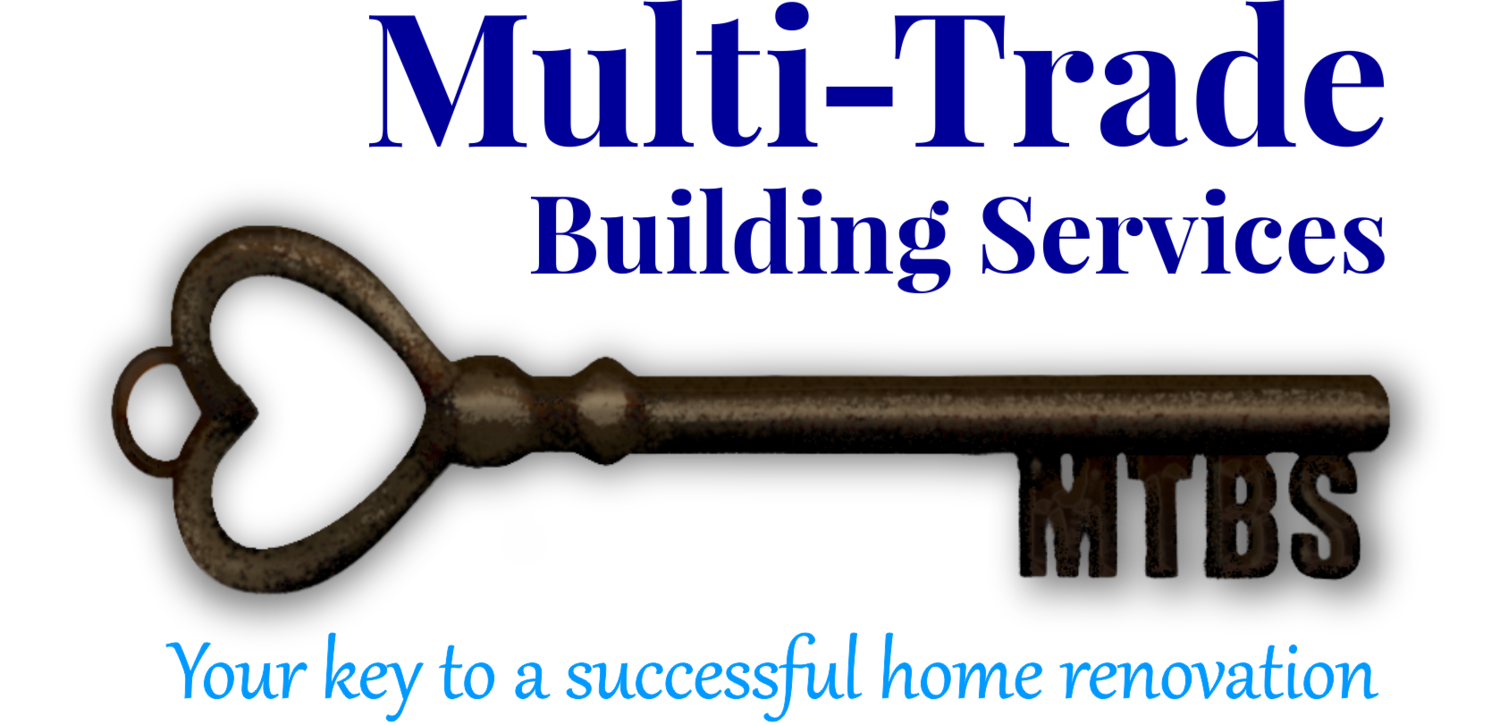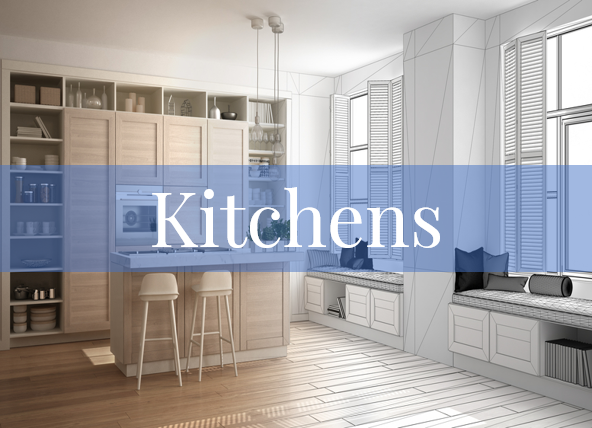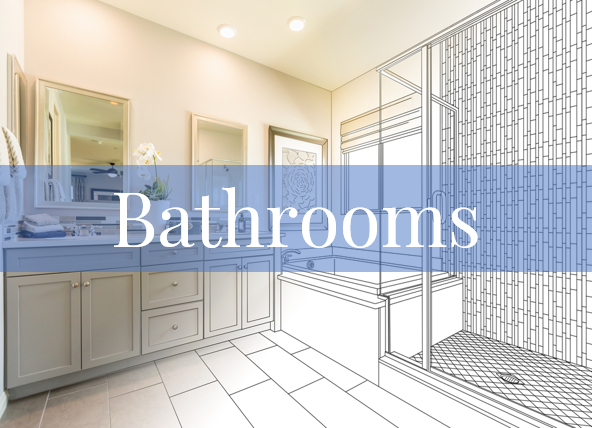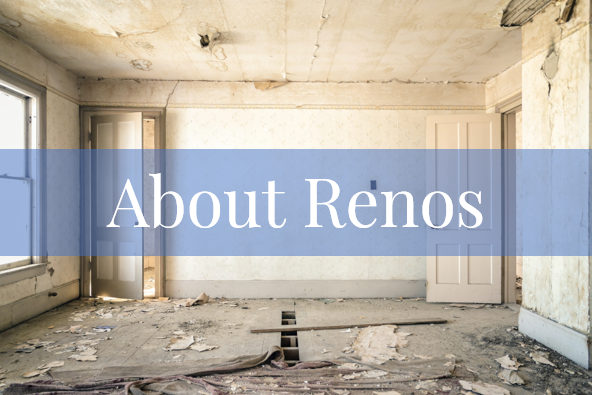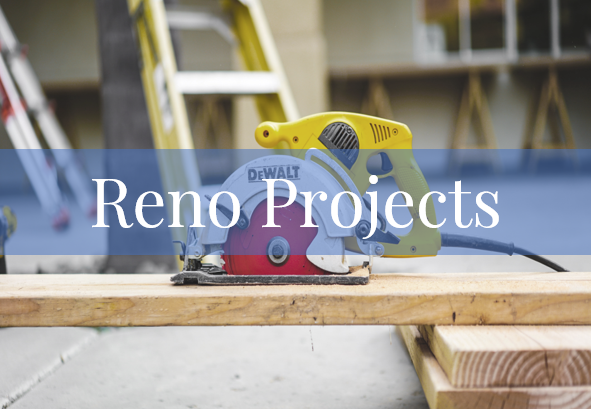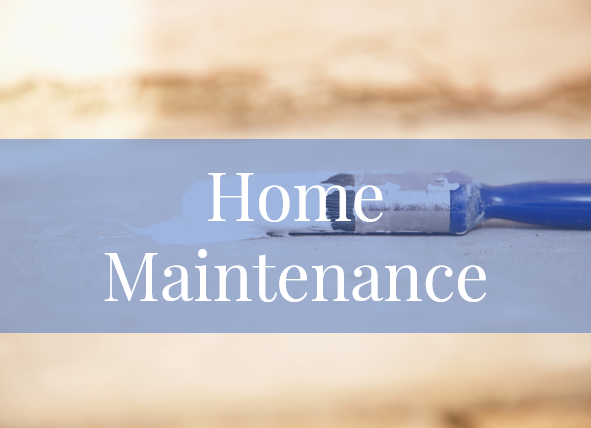Renovating vs. Moving: Why Staying Put Wins (Almost) Every Time
/Let’s be honest: nobody daydreams about packing boxes. Nobody ever says, “You know what I’d love? Spending $50,000 on realtor fees and moving vans just so I can live in a house that still doesn’t quite work for me.”
But you do daydream about a bigger kitchen, a bathroom that feels like a spa, or a basement that isn’t just boxes and hockey equipment. Which brings us to the age-old homeowner dilemma:
👉 Do you renovate the home you’ve got, or do you sell and move to something “better”?
The stakes are high. It’s not just about money—it’s about comfort, lifestyle, and how you want to live for the next 10, 20, even 30 years.
And while moving might feel like a fresh start, the reality in 2025 is this: 91% of Canadians aren’t planning to sell their homes. Nearly half (48%) are choosing to renovate instead. Home renovation spending is projected to climb to a jaw-dropping $509 billion in 2025, up from $487 billion in 2023.
Why? Because moving is stressful, costly, and often unnecessary—while renovating can give you the home you’ve been longing for without uprooting your life.
So let’s roll up our sleeves and really dig into the numbers, the emotions, and the “what ifs” that make this such a tough decision. By the end, you’ll know exactly why renovating usually wins—and how to do it smartly.
The Cold, Hard Costs of Moving
On the surface, moving feels predictable. Buy a house, sell a house, pay some fees, hire a truck, and voilà, new address.
Except… not really.
Here’s what moving typically costs in Ontario on a $700,000 home:
Realtor commission (5%): $35,000
Land transfer tax: about $10,000 (and if you’re in Toronto? Double it.)
Legal fees, movers, inspections, utilities hookups: $5,000–$7,000
Staging & minor updates to sell your current home: $3,000–$8,000
Moving-day chaos tax (pizza, takeout, last-minute storage units, replacing the lost TV remote): easily $1,000+
👉 Grand total: $50,000–$60,000. And that’s before you’ve even painted a wall or replaced a dated bathroom in your “new” house.
Now, ask yourself: how far would that money go if you invested it in your current home instead?
What Renovating Can Do with the Same Money
Let’s look at the flipside. Take that same $50,000 and put it into renovations:
Kitchen transformation: Quartz countertops, new cabinets, lighting upgrades, and smart appliances. Suddenly you’re cooking (and entertaining) in a dream space.
Basement finish: Turn it into a cozy family room, an office, or even a legal rental suite that brings in monthly income.
Bathroom upgrade: Walk-in shower, double vanity, heated floors, and stylish tile—hello, spa vibes.
Instead of pouring money into moving costs (which add zero value to your life or property), you’re investing in features that improve your home and boost its resale value.
The Stress Factor: Moving vs. Renovating
Moving Stress
Packing up everything you own (and realizing how much random stuff you’ve hoarded).
Uprooting kids from schools and routines.
Losing neighbours you actually like.
Bidding wars in a housing market that feels like a casino.
And the kicker: moving into a house that still might not be “just right.”
Renovation Stress
Dust, decisions, and the occasional “where’s my toothbrush?” moment.
Living through tradespeople coming and going (though we promise, we’re very nice).
Making choices about fixtures, finishes, and budgets.
Neither is stress-free, but only one ends with you in the home you already know and love—customized to your exact needs.
Emotional Ties: Why Home Is More Than Walls
There’s another factor that doesn’t fit neatly into spreadsheets: memories.
Your home is where birthdays are celebrated, where kids take first steps, where you plant gardens and wave to neighbours. It’s not just a building—it’s your life’s backdrop.
Renovating lets you keep those memories intact while updating the parts that no longer work. Moving, on the other hand, erases some of that history. Sure, a fresh start can be exciting, but it also means starting over in ways you may not be ready for.
Case Study: Renovating Wins
We recently worked with a Bowmanville family stuck on this very dilemma. Their home was solid, but it needed big updates—a dated kitchen, an unfinished basement, and bathrooms that had seen better days.
They considered moving. But when we crunched the numbers, selling would have cost them over $60,000 in fees and taxes—just money out the door. Add to that the stress of finding a new place that actually checked all their boxes, and it didn’t make sense.
Instead, they chose to renovate.
We gave them a stunning new kitchen with an island built for family gatherings.
We finished the basement into a teen hangout space (with future rental potential).
We modernized the bathrooms to add both comfort and resale value.
The result? A home they love, in the neighbourhood they didn’t want to leave—plus a property value boost that more than covered their investment.
Market Reality: Why Renovating Makes Sense
Here’s what’s happening right now:
House prices remain high. Yes, they’ve dipped slightly, but first-time buyers are still staring at $600,000+ entry-level homes.
Mortgage rates aren’t friendly. Even if you sell, you’re likely trading your current mortgage for something more expensive.
Families are staying put. Stats show Canadians prefer to invest in their homes rather than gamble on the market.
Multi-generational living is rising. Adult kids moving back home. Parents moving in. Families converting basements into in-law suites. Renovations are often the only way to make this work comfortably.
All signs point to one conclusion: renovating is the smarter play.
Basements: The Secret Weapon
If you’re debating “renovate vs. move,” look no further than your basement.
A finished basement can:
Add 30–50% more usable living space.
Become a legal rental suite, generating steady income.
Provide privacy for multi-generational families (adult kids, in-laws, you name it).
And compared to the cost of upsizing to a bigger house, finishing your basement is often a fraction of the price—with a return on investment that buyers love.
Still wondering whether renovating or moving makes sense for you? Let’s talk it through. We’ve been helping families in Durham Region and Clarington create homes they love for over 35 years.
Kitchens & Bathrooms: The ROI Kings
If there’s one truth in real estate, it’s this: kitchens and bathrooms sell homes. They’re also the two spaces homeowners complain about the most. Outdated cabinets. Tiny counters. Showers that belong in a campground.
Renovating these spaces isn’t just about pretty finishes—it’s about adding serious value:
Kitchens: According to industry data, a well-executed kitchen reno can return 75–100% of its cost in resale value. That’s right—you can actually get back what you put in.
Bathrooms: A mid-range bathroom reno averages 60–70% ROI, with upscale projects returning up to 90% depending on the neighbourhood.
And that’s just resale numbers. The daily joy of cooking in a functional kitchen or enjoying a spa-like bathroom? That ROI is priceless.
Would you move just to get a better kitchen or bathroom? Or would you rather invest the same dollars into transforming the ones you already have?
Aging in Place: Renovating for Tomorrow
Another huge reason to renovate instead of move? Future-proofing.
We’re seeing more homeowners plan ahead by making renovations that will let them comfortably stay in their homes for decades to come. Think:
Wider doorways for accessibility.
Walk-in showers instead of bathtubs.
Main-floor laundry or bathrooms.
Non-slip flooring and better lighting.
These upgrades don’t just prepare you for the future—they also make your home more appealing to buyers who want “forever homes.” Moving doesn’t solve this. Renovating does.
Financing: The Money Math That Matters
This is where many homeowners hit pause: “Sure, renovating sounds great, but how do we pay for it?”
Here’s the reality:
Home Equity Lines of Credit (HELOCs) usually offer lower interest rates than mortgages, making them an affordable way to fund renovations.
Tax credits and rebates exist for energy-efficient upgrades (think insulation, windows, HVAC). That’s money back in your pocket.
Phased renovations let you prioritize—start with the kitchen this year, finish the basement next year. Moving doesn’t give you that flexibility.
Bottom line: financing a renovation can often cost less than buying a new home with a bigger mortgage.
Money talk isn’t glamorous, but neither is going broke mid-reno. The good news? There are more ways to pay for a renovation than you might think—and some of them are surprisingly painless. Check out our blog 👉 7 Ways to Pay for Your Home Renovation Without Going Bankrupt
Case Study #2: When Moving Made Sense
To keep this balanced, let’s look at the rare situation where moving really was the right call.
We met a couple in Oshawa whose home needed everything. Roof, windows, plumbing, electrical—you name it. By the time we added up the costs, the renovation budget was astronomical. On top of that, they were relocating closer to family. In their case, moving was the clear winner.
Why share this? Because at Multi-Trade Building Services, we believe in honesty. Renovating isn’t always the answer—but for the majority of homeowners, especially those with solid houses in good neighbourhoods, it absolutely is.
Multi-Generational Living: The Game-Changer
This is one of the hottest housing trends in 2025. With home prices still sky-high, many families are adapting their current houses to fit multiple generations under one roof.
That might mean:
Finishing a basement into a private suite for adult children.
Adding an in-law suite for aging parents.
Creating flexible spaces with separate entrances and kitchens.
Moving to a bigger house is often unaffordable—or unavailable. Renovating to create multi-generational spaces is not only more practical, it increases your home’s marketability down the road. Buyers are actively looking for homes that can accommodate extended family.
Renovating vs. Moving: A Side-by-Side Snapshot
Let’s put it all in one place.
Looking at this chart, it’s no wonder the majority of Canadians are choosing to stay put and renovate.
Picture the Possibilities
Imagine this:
You walk into your home tomorrow and instead of feeling frustrated by the cramped kitchen, the outdated bathroom, or the unfinished basement, you smile. Because now it fits.
The kitchen island is big enough for homework, meal prep, and wine with friends.
The bathroom has heated floors, double sinks, and lighting that makes you look human before coffee.
The basement isn’t wasted space—it’s a rental suite, a gym, or the perfect in-law hideaway.
You didn’t pack a single box. You didn’t change schools or commutes. You didn’t say goodbye to neighbours.
That’s the difference renovating makes.
Still in research mode? Don’t stop here—check out these other blogs packed with renovation tips, ideas, and inspiration:
Creating a Renovation Wish List: Prioritizing Your Needs and Wants
How to Handle Unexpected Issues During a Renovation
How to Renovate Your Home for Better Resale Value
Behind the Scenes: The Detailed Process Behind Our Accurate Quotes
The Top 10 Renovation Questions We’re Asked All the Time
Why Multi-Trade?
At Multi-Trade Building Services, we’ve spent 35 years helping homeowners in Durham Region and Clarington transform the houses they already love into the homes they’ve always wanted.
We don’t just renovate—we ask the right questions. Do you need more space for family? Do you dream of a better kitchen? Do you want to increase your home’s value while planning for the future? Then we build a plan that makes sense for you.
And here’s the thing: we’ll tell you the truth. If moving really is the smarter option, we’ll say so. But more often than not, the best investment is in the home you already own.
Ready to Decide?
So, renovate or move? The stats, the math, and the real-life stories all point in the same direction: renovating almost always wins.
Moving changes your address. Renovating changes your life.
📞 Call us at 905-999-8524
📧 Email us at info@multitradebuildingservices.com
Let’s talk about how we can make you love your home again—today and for years to come.
